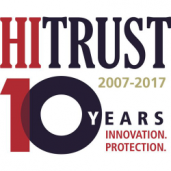Value-Based Payment Models Options-by-State
New study finds over 40 states pursuing value-based payment programs, with 15 multi-payer initiatives across those states. The study reveals a range of approaches and significant variation in the scope, leadership commitment, and resources devoted to the transition from fee-for-service to value-based reimbursement.











